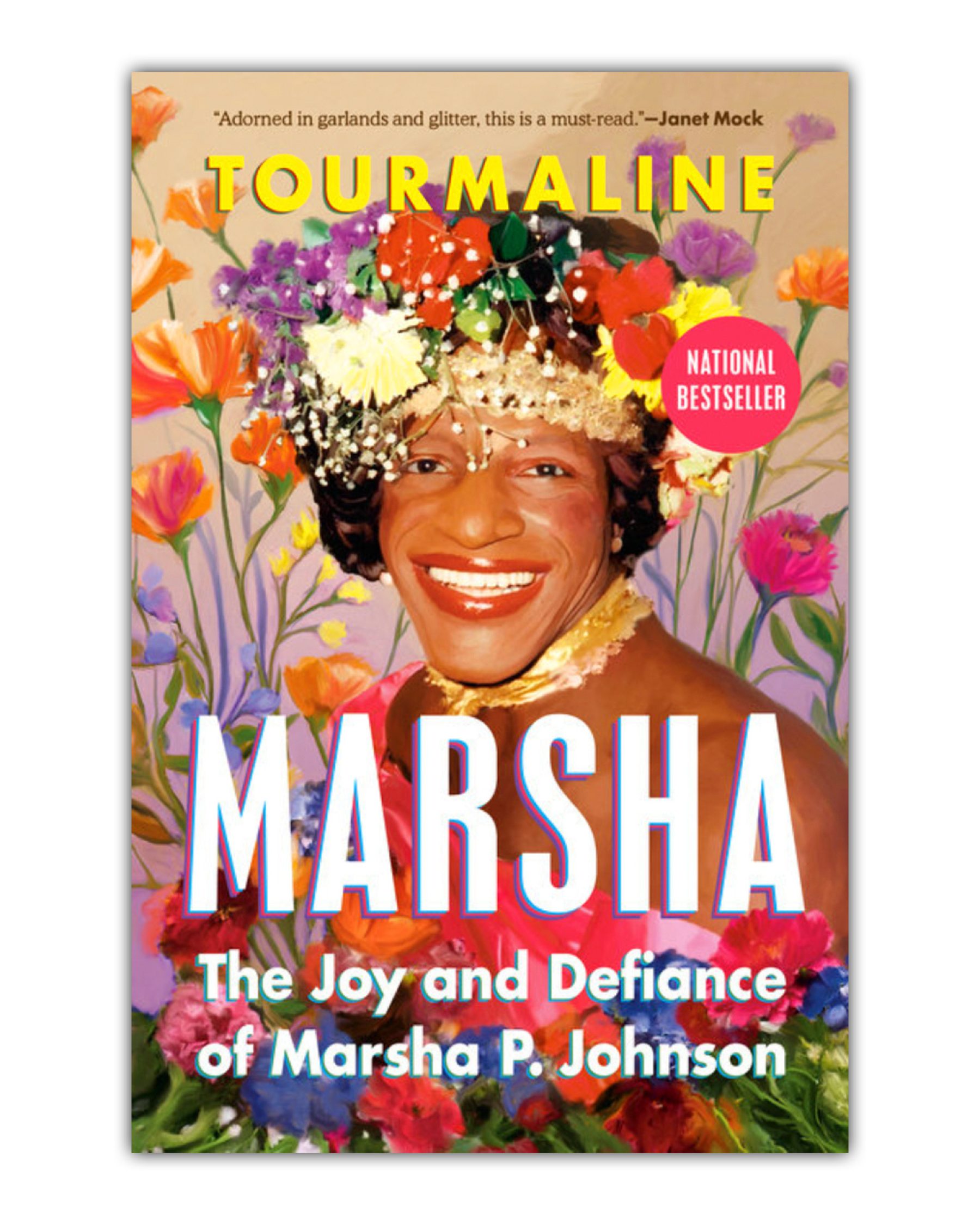Welcome to the bookshop! Making books with artists is central to the Carpenter Center’s mission.
Our publishing program complements our commission-based curatorial program, with a focus on new scholarship and texts, and an artist-involved design process. We publish a few books a year, and release a new tote bag design annually, so please check back for new totes and titles!
Marsha: The Joy and Defiance of Marsha P. Johnson

BUY
Black transgender luminary Tourmaline brings to life the first definitive biography of the revolutionary activist Marsha P. Johnson, one of the most important and remarkable figures in LGBTQIA+ history, revealing her story, her impact, and her legacy. This publication is followed by the artist and author's exhibition, Tourmaline: Lives of a Pollinator at the Carpenter Center.
Publications

Marsha: The Joy and Defiance of Marsha P. Johnson

One Day in June

Boston Art Review Issue 15

Fragments of a Faith Forgotten: The Art of Harry Smith

In Conversation, 2020–2021: Dialogues with Artists, Curators, and Scholars

B. Ingrid Olson: History Mother, Little Sister

Renée Green: Pacing

Tony Cokes – If UR Reading This It’s 2 Late: Vol. 1-3

Anna Oppermann: Drawings

Liz Magor: BLOWOUT

What Ever Happened to New Institutionalism?

Candice Lin: Seeping, Rotting, Resting, Weeping (Out of Stock)




